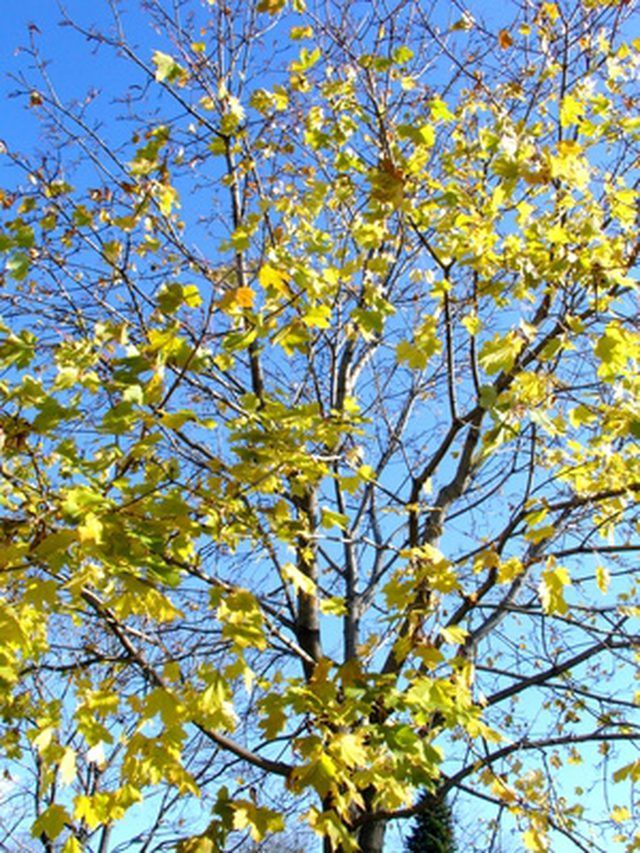Bulbs
Flower Basics
Flower Beds & Specialty Gardens
Flower Garden
Garden Furniture
Garden Gnomes
Garden Seeds
Garden Sheds
Garden Statues
Garden Tools & Supplies
Gardening Basics
Green & Organic
Groundcovers & Vines
Growing Annuals
Growing Basil
Growing Beans
Growing Berries
Growing Blueberries
Growing Cactus
Growing Corn
Growing Cotton
Growing Edibles
Growing Flowers
Growing Garlic
Growing Grapes
Growing Grass
Growing Herbs
Growing Jasmine
Growing Mint
Growing Mushrooms
Orchids
Growing Peanuts
Growing Perennials
Growing Plants
Growing Rosemary
Growing Roses
Growing Strawberries
Growing Sunflowers
Growing Thyme
Growing Tomatoes
Growing Tulips
Growing Vegetables
Herb Basics
Herb Garden
Indoor Growing
Landscaping Basics
Landscaping Patios
Landscaping Plants
Landscaping Shrubs
Landscaping Trees
Landscaping Walks & Pathways
Lawn Basics
Lawn Maintenance
Lawn Mowers
Lawn Ornaments
Lawn Planting
Lawn Tools
Outdoor Growing
Overall Landscape Planning
Pests, Weeds & Problems
Plant Basics
Rock Garden
Rose Garden
Shrubs
Soil
Specialty Gardens
Trees
Vegetable Garden
Yard Maintenance
Interesting Facts About the Norway Maple
Interesting Facts About the Norway Maple. The Norway maple (Acer platanoides) is a tree common to many northern climates. It is a hearty tree that can grow in small plots, making it a good tree for urban landscapes. Norway maples tolerate many different types of soil and are resistant to air pollution.

The Norway maple (Acer platanoides) is a tree common to many northern climates. It is a hearty tree that can grow in small plots, making it a good tree for urban landscapes. Norway maples tolerate many different types of soil and are resistant to air pollution.
Size
According to the Plant Health Care Program, Norway maples typically grow to a height of 50 to 75 feet. They have a rounded, dense crown that produces large amounts of shade.
Habitat
The Norway maple is adapted to extremes in temperatures and soils. It grows well in sand and clay. According to the U.S. Forest Service, Norway maples do best in full sun and can withstand hot and dry conditions.
Geographical Locations
Norway maples originally came from Europe and Western Asia but are now found across the United States. States in which the Norway Maple is considered an invasive species include: CT, DC, VA, DE, VT, IL, WI, IN, MA, MD, ME, MI, NH, NJ, NY, OR, PA, WV and TN.
Invasive Species
The Norway maple has been banned in Massachusetts and New Hampshire because it tends to inhibit sapling growth in other species. According to the Delaware River Invasive Plant Partnership, Norway maples release chemicals into the soil that discourage the growth of other plants and can result in the loss of native species in certain areas.
Control
The National Park Service recommends against planting Norway maple. To combat existing populations, they suggest pulling up new saplings when the soil is wet, to ensure removal of the entire root system. They also recommend cutting down large trees and using herbicides, when necessary.